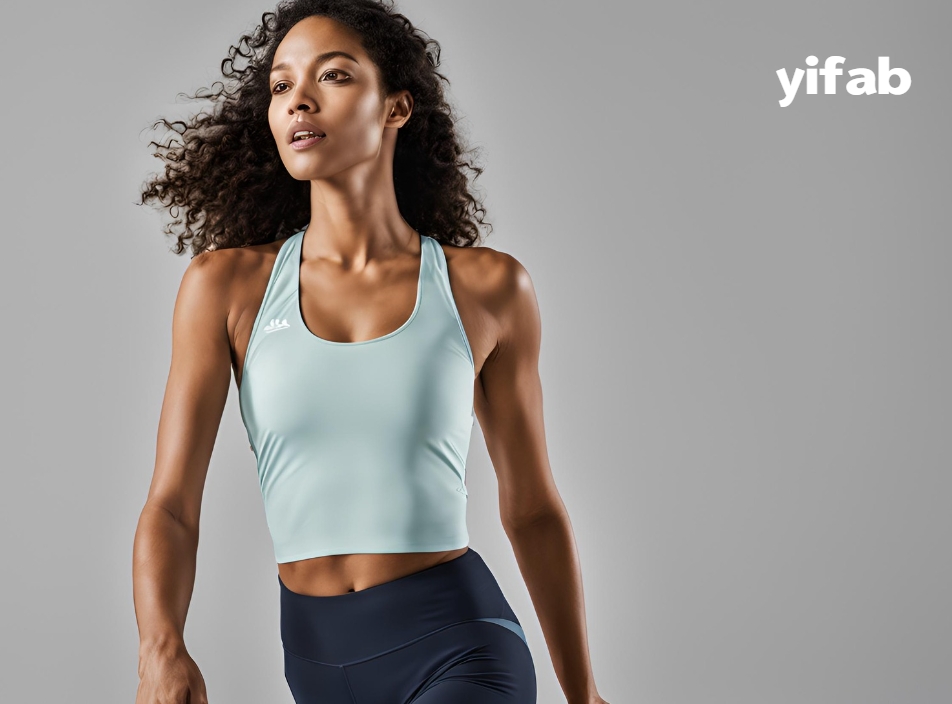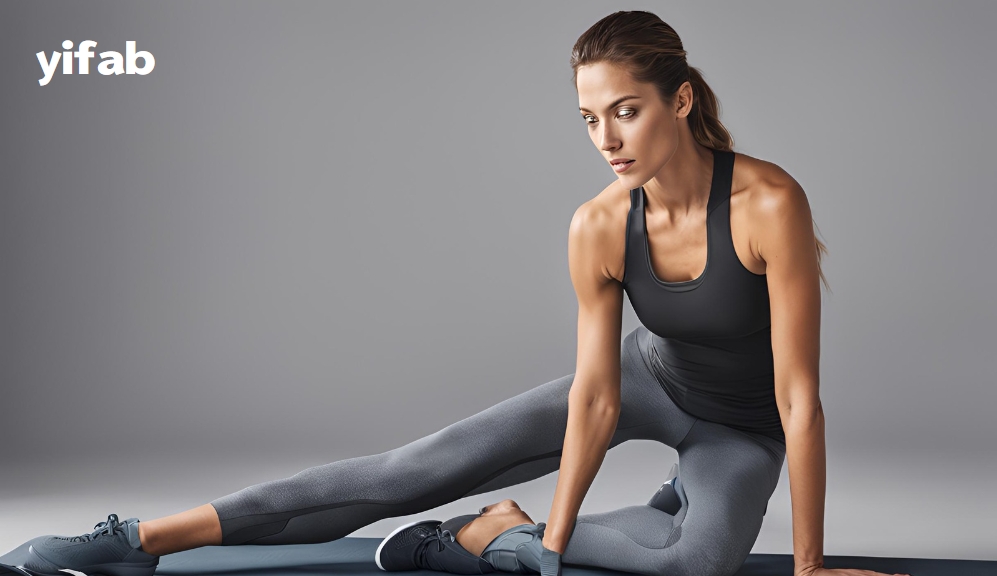The Best Fabrics for Sportswear: Breathable and Flexible Options
The Best Fabrics for Sportswear
10/30/20242 دقيقة قراءة


When it comes to sportswear, the right fabric can make a significant difference in performance, comfort, and durability. Whether you're hitting the gym, going for a run, or doing yoga, choosing breathable and flexible fabrics can improve your athletic experience. In this guide, we’ll explore the best fabrics for sportswear that are designed to keep you cool, comfortable, and moving freely.
1. Polyester: The Sportswear Staple
Polyester is one of the most commonly used fabrics in sportswear, known for its durability and moisturewicking properties. It’s lightweight and resists shrinking and stretching, making it ideal for intense physical activities. Polyester has a unique ability to wick sweat away from the body, keeping athletes dry and comfortable during workouts.
Benefits: Moisturewicking, quickdrying, and durable.
Best For: Running, cycling, and gym workouts.
2. Nylon: Soft and Flexible
Nylon is another popular choice in sportswear, offering a silkysmooth texture combined with excellent flexibility and strength. It’s known for its ability to stretch, making it ideal for activities that require a wide range of motion. Nylon also dries quickly, making it a perfect fabric for outdoor sports or waterbased activities.
Benefits: Stretchy, lightweight, and quickdrying.
Best For: Yoga, swimming, and highmobility sports.
3. Spandex (Lycra/Elastane): Maximum Stretch
Spandex, often branded as Lycra or Elastane, is the goto fabric when maximum flexibility is needed. It offers excellent stretch and recovery, ensuring that your sportswear moves with you. Spandex is commonly blended with other fabrics like polyester or nylon to add extra stretch without compromising on durability or breathability.
Benefits: Extreme stretch, formfitting, and breathable.
Best For: Highintensity training, dance, and gymnastics.
4. Bamboo Fabric: EcoFriendly and Soft
Bamboo fabric is a natural, sustainable option for sportswear. It’s incredibly soft and breathable, making it an excellent choice for sensitive skin. Bamboo fabric also has natural antibacterial properties, which help reduce odors during intense workouts. It’s highly absorbent, wicking away moisture while maintaining a lightweight feel.
Benefits: Soft, moisturewicking, and ecofriendly.
Best For: Yoga, Pilates, and lowimpact sports.
5. Merino Wool: TemperatureRegulating
While wool might not seem like a typical sportswear fabric, merino wool offers excellent moisture management and temperature regulation, making it a great option for outdoor sports. It’s breathable, odorresistant, and helps regulate body temperature, keeping you warm in cold conditions and cool during intense activity.
Benefits: Temperatureregulating, breathable, and odorresistant.
Best For: Hiking, outdoor running, and winter sports.
6. Cotton Blends: Comfort and Breathability
Pure cotton, though breathable, absorbs sweat and can become heavy during workouts. However, cotton blends with synthetic fibers like polyester or spandex offer the comfort of cotton with enhanced moisturewicking properties. These blends provide breathability while ensuring the fabric doesn’t cling or become uncomfortable during exercise.
Benefits: Breathable, soft, and comfortable.
Best For: Light exercises, casual sports, and everyday athleisure wear.
Conclusion
Choosing the right fabric for your sportswear can enhance your performance and overall comfort. Polyester and nylon are ideal for highintensity workouts, while spandex offers unparalleled flexibility. For more ecoconscious choices, bamboo and merino wool provide natural alternatives with excellent breathability and comfort. Understanding the properties of each fabric helps ensure your sportswear supports your fitness goals and keeps you comfortable during any workout.


